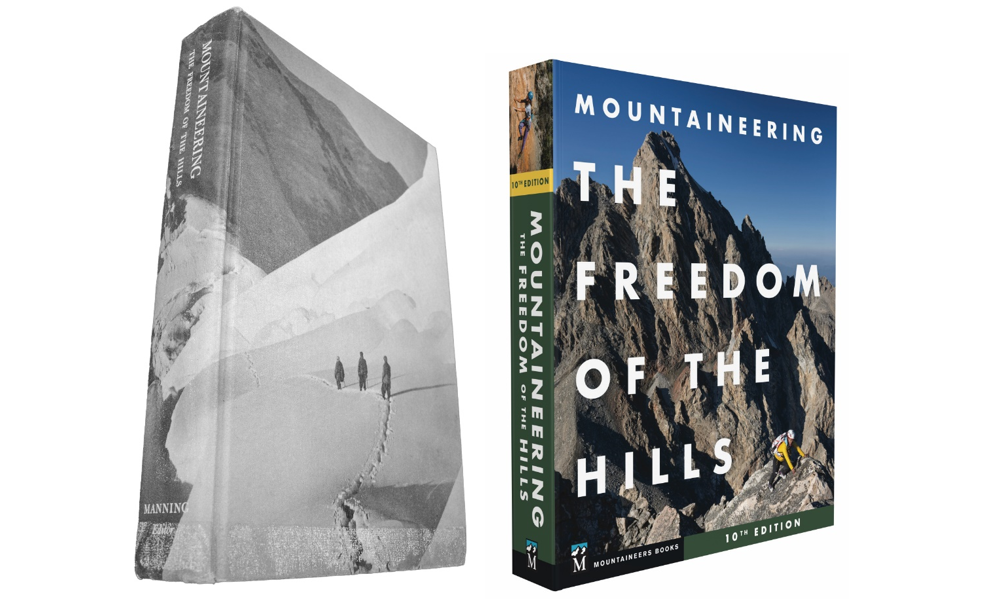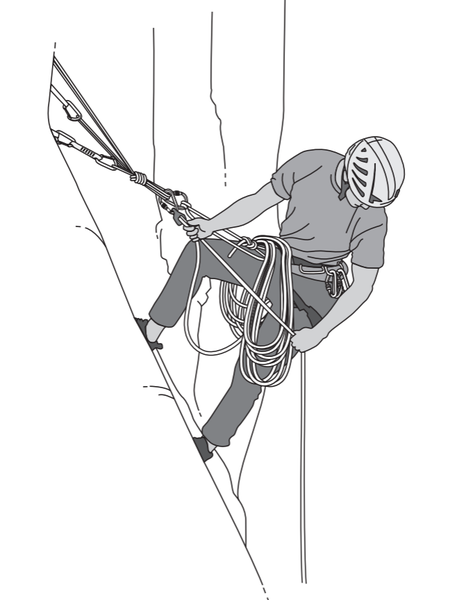
Excerpted from the preface to Mountaineering: The Freedom of the Hills, 10th Edition (Mountaineers Books, September 2024).
A synopsis of this how-to guide’s evolution encompasses a capsule history of The Mountaineers itself. From its beginnings, Freedom of the Hills has been the product of the concerted effort of a team of volunteer leaders. For each edition, contributors have sprung forth from across the organization’s membership, representing the best it has to offer, along with climbers and educators from the broader climbing and mountaineering community. It has always been an honor to work on this project.
When The Mountaineers was founded in 1906, one of its major purposes was to explore and study the mountains, forests, and waterways of the Pacific Northwest. The direction and emphasis of Freedom of the Hills originated from the nature of climbing in this region, with its wild and complex mountains and abundance of snow and glaciers. Access was inherently difficult - there were few roads, crossing often rugged terrain, and initial explorations of them were essentially expeditions, often requiring the assistance of Indigenous guides. As interest in mountaineering grew in the region, so did a tradition of, and commitment to, education. Increasingly, experienced climbers took novices under their wings to pass on their knowledge and skills. The Mountaineers formalized that exchange, starting in 1935, by developing a series of climbing courses.
 Illustration by John McMullen.
Illustration by John McMullen.
For the first several decades, The Mountaineers climbing courses used a number of European textbooks, particularly Geoffrey Winthrop Young’s classic Mountain Craft. These books, however, did not cover the various subjects unique and important to mountaineering in the Pacific Northwest. To fill the gaps, course lecturers prepared and distributed outlines to students. First compiled as the Notebook, these outlines were subsequently published as the Mountaineers Handbook.
By 1955, the tools and techniques had changed so drastically, and the climbing courses had become so much more complex, that a new, comprehensive textbook was needed.
Over the next five years, an eight-person editorial committee coordinated the efforts of more than seventy-five contributors in the publication of the first edition of Freedom of the Hills in 1960. Chief editor and committee chair Harvey Manning was the primary individual responsible for establishing the scope of the book. It was his idea to add the distinctive subtitle. Manning was joined on the committee by John R. Hazle, Carl Henrikson, Nancy Bickford Miller, Thomas Miller, Franz Mohling, Rowland Tabor, and Lesley Stark Tabor. A substantial portion of the then relatively small Puget Sound climbing community - including such mountaineering icons as Dee Molenaar, Jim Whittaker, Lou Whittaker, and Wolf Bauer - researched and wrote the chapters, while at least one hundred additional volunteers acted as reviewers, planners, illustrators, typists, proofreaders, financiers, promoters, retailers, warehouse workers, and shipping clerks. Most Mountaineers climbers at the time were involved somehow with this guide. Members who donated their time and effort were rewarded by how well that first edition was received, and members who donated money were repaid by the book’s success, which has contributed for more than six decades to the success and stature of The Mountaineers. Freedom of the Hills was the first title released by award-winning nonprofit publisher Mountaineers Books.
Mountaineering: The Freedom of the Hills, 10th Edition is available for purchase at our Seattle Program Center Bookstore, online at mountaineersbooks.org, and everywhere books are sold. Join us for a celebration at REI Seattle on Sep 23, 2024, and a deep dive at the Seattle Program Center on Sep 26, 2024.
This article originally appeared in our fall 2024 issue of Mountaineer magazine. To view the original article in magazine form and read more stories from our publication, visit our magazine archive.
 Eric Linxweiler
Eric Linxweiler
